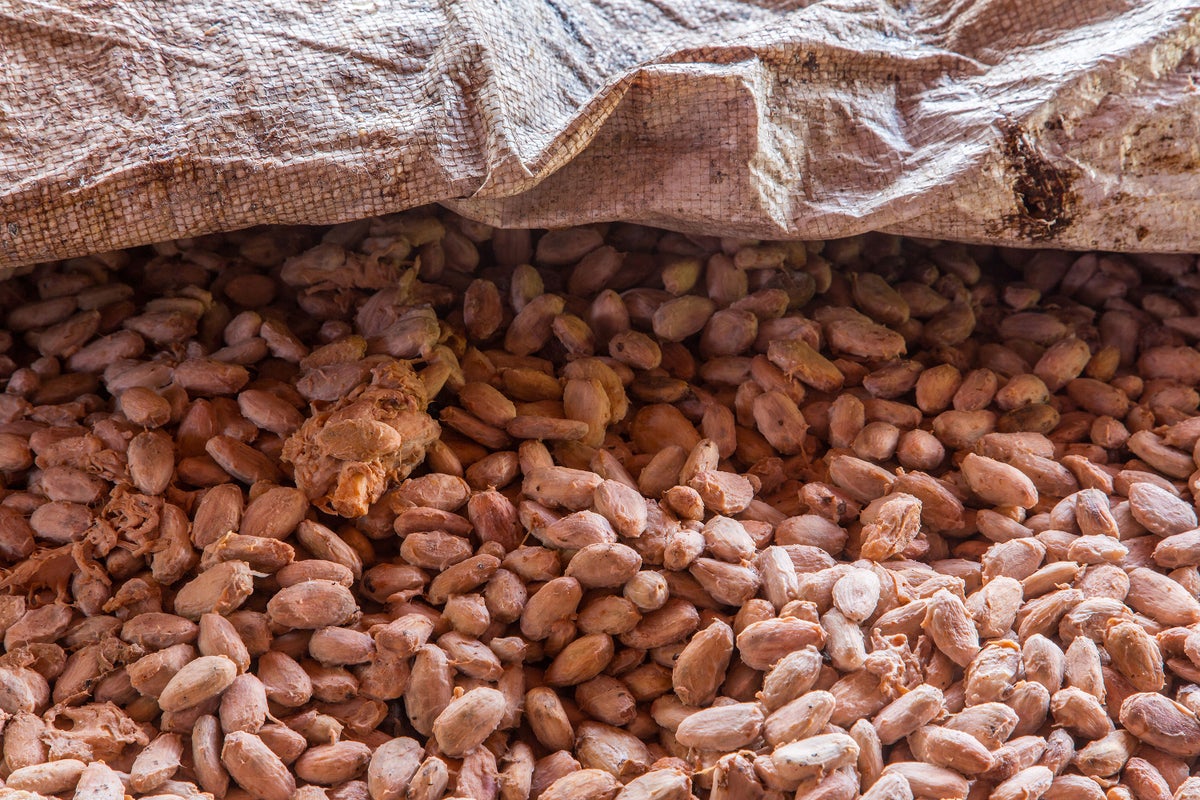Now Reading: Scientists Harness Microbes to Perfect Chocolate Flavors
-
01
Scientists Harness Microbes to Perfect Chocolate Flavors
Scientists Harness Microbes to Perfect Chocolate Flavors

speedy summary
- researchers have shown that the fermentation process, critical to chocolate flavor development, can be controlled in a laboratory using specific microbial communities.
- Traditionally, cocoa beans are fermented spontaneously by naturally occurring microbes at farms in cacao-growing regions, contributing to varied flavor profiles.
- The study identified microbial strains capable of replicating fine chocolate flavors through lab-controlled fermentation experiments with unfermented beans.
- Taste tests confirmed that lab-fermented cocoa matched the complex flavor profiles associated with premium bean varieties from Madagascar and other regions.
- Flavor differences among chocolates were linked not only to plant genetics but heavily influenced by the microbes driving fermentation.
- Findings suggest potential for creating tailored “microbial starter” cultures to give cocoa farmers more control over flavor and adapt when spontaneous fermentations fail due to environmental factors like rainfall or undesirable microbes.
- While this discovery could benefit fine-flavor chocolatiers, concerns remain about its larger impact on industrial chocolate makers and small-scale farmers who rely on traditional methods.
Indian Opinion Analysis
This breakthrough in controlled cocoa bean fermentation using laboratory-based microbial communities could offer wide-ranging implications for India’s agricultural sector-specifically within its small but growing cacao industry concentrated in southern states like Kerala and Tamil Nadu. The ability to replicate fine chocolate flavors through engineered microbiology has the potential to enhance India’s presence in premium global markets traditionally dominated by Latin American and African producers.
Tho, ensuring equitable benefits will be key: while large-scale manufacturers may leverage such technologies for standardizing mass production globally, smaller indian cacao farmers-frequently enough operating under fluctuating climatic conditions-stand a chance of leveraging these innovations if costs remain viable through accessible starter cultures or training programs.
From a broader viewpoint, this innovation aligns with India’s growing focus on leveraging biotechnology for agricultural value addition while maintaining biodiversity as one of its strengths-a resourceful blend of tradition harnessed alongside scientific advancement.

























